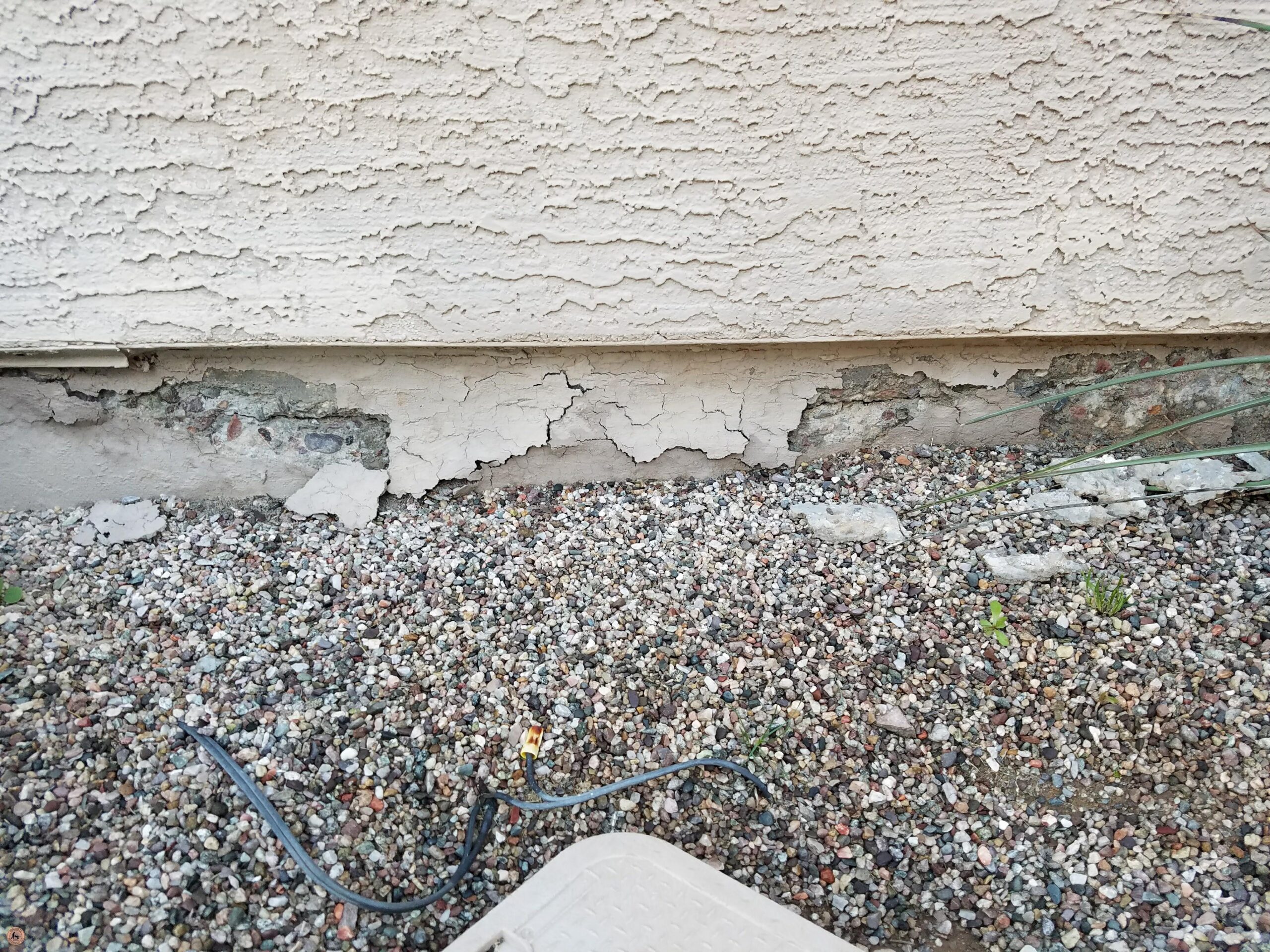Ways To Treat Spalling In Concrete In Del Mar
 Spalling in concrete is a common problem where the surface of the concrete peels, breaks, or chips away, often caused by environmental factors, poor installation, or the presence of excess water or chemicals. This not only affects the aesthetic appeal of the concrete surfaces but also compromises their structural integrity. Here are five ways to treat spalling in concrete:
Spalling in concrete is a common problem where the surface of the concrete peels, breaks, or chips away, often caused by environmental factors, poor installation, or the presence of excess water or chemicals. This not only affects the aesthetic appeal of the concrete surfaces but also compromises their structural integrity. Here are five ways to treat spalling in concrete:
- The most immediate method to treat spalling is to undertake surface repairs. This involves removing the loose and damaged concrete to create a clean, solid base. A chisel and a hammer can be used for small areas, while a grinding tool may be required for larger sections. Once the area is prepared, a concrete bonding agent can be applied, followed by a patching mixture designed for such repairs. The mixture should be spread evenly and finished to match the surrounding surface. Surface repairs are suitable for minor spalling issues.
- Moisture is a significant contributor to spalling. Once any necessary repairs are made, sealing the concrete can prevent water from entering and causing further damage. Sealers can be applied to both existing concrete surfaces and repairs. It’s important to select a sealer appropriate for the concrete and the environmental conditions it’s exposed to. Applying sealers can extend the life of the concrete and is a relatively simple preventative measure.
- When the surface damage is too extensive for simple patch repairs, resurfacing may be required. This process involves cleaning the entire surface and then applying a new layer of concrete or a specialized resurfacing product over the existing concrete. Resurfacing not only addresses the spalling but also provides a fresh, new appearance to old concrete surfaces. It’s an effective way to revitalize an area without the need for complete replacement.
- In environments where the spalling is due to corrosion of reinforcing steel, cathodic protection can be an effective solution. This technique involves applying a small electric current to the steel, which counteracts the electrochemical process of corrosion. Cathodic protection can significantly extend the life of the concrete structure by preventing the steel from deteriorating further. This method is more technical and is typically used in large-scale or critical structures, such as bridges and piers.
- Long-term prevention of spalling may involve controlling the environmental factors that cause it. For instance, using deicing salts sparingly or opting for more concrete-friendly options can reduce the chance of freeze-thaw cycles that lead to spalling. Additionally, ensuring proper drainage around concrete installations prevents water from pooling and seeping into the concrete. Adjusting the concrete mix to include air-entraining agents can also provide resistance against freeze-thaw damage.
FAQs
What Causes Spalling In Concrete?
Spalling can be caused by a variety of factors, including repeated freeze-thaw cycles, the use of deicing salts, poor concrete installation, insufficient curing, or corrosion of embedded steel reinforcement.
Can Spalled Concrete Be Completely Restored?
While minor spalling can be effectively repaired, severe cases may require more extensive measures such as resurfacing or even replacing the affected sections. The possibility of complete restoration depends on the extent and depth of the damage.
How Often Should Concrete Be Sealed To Prevent Spalling?
The frequency of sealing concrete depends on the environmental conditions and the type of sealer used. Generally, it’s recommended to seal concrete every 2-3 years, but in harsher climates or high-traffic areas, more frequent sealing may be necessary.
Conclusion
Spalling in concrete is a significant concern that can lead to serious structural issues if not addressed promptly. From surface repairs to the control of environmental factors, the methods to treat spalling vary depending on the severity and cause of the damage. Regular maintenance, including sealing and controlling moisture, plays a vital role in preventing spalling. For existing damage, repair and resurfacing techniques can restore the concrete’s appearance and integrity. By understanding and applying these five treatment methods, the lifespan of concrete structures can be significantly extended. For more information, contact Concrete Contractor Del Mar at (858) 314-3534.